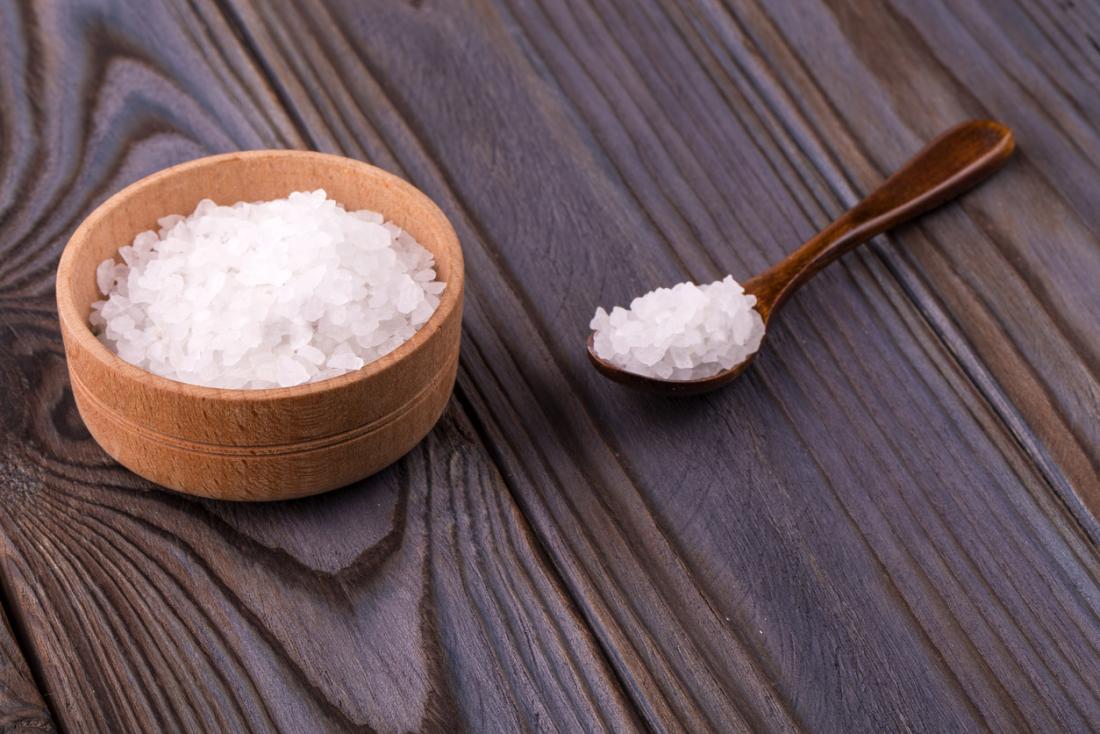A 2011 study of 117 breastfeeding women found that 4.5 percent experienced clogged ducts at some point during the first year of breastfeeding. A duct that remains clogged can cause mastitis, a painful infection in the breasts.
Although a clogged milk duct can be painful, it is often treatable with home remedies. In this article, we look at the symptoms and causes of clogged ducts, home remedies to try, and when to see a doctor.
Symptoms

A blocked milk duct can cause pain in the breast.
The most common symptoms of a clogged duct include:
- pain in a specific location in the breast
- a swollen, tender lump in the breast
- heat and swelling in the breasts
- slower milk flow on one side
- skin that looks lumpy in one area
- a small white dot on the nipple called a milk bleb
Occasionally, a clogged duct can cause a low fever. As a fever can also occur due to a breast infection, people who experience fever alongside breast pain should see a doctor.
Causes
Clogged milk ducts are most common in women who are breastfeeding, have recently given birth and opted not to breastfeed, or have recently stopped breastfeeding.
Blocked ducts are more likely to occur if a breastfeeding woman does not thoroughly drain the breast as this can allow milk to accumulate and block the duct.
Women experiencing other breastfeeding difficulties, such as oversupply, a baby with a weak latch, or pain that impedes frequent nursing, are more vulnerable to clogged ducts.
However, anyone who is breastfeeding can experience a clogged duct. Some risk factors include:
- a recent change in feeding pattern
- a poor latch by the baby
- not fully draining the breasts during each nursing session
- an irregular breastfeeding schedule
- short or skipped breastfeeding sessions
- pressure on the breasts due to an uncomfortable nursing position, tight-fitting clothes, or a bra with underwire
Occasionally, people can get a clogged milk duct that is unrelated to breastfeeding.
Treatment and home remedies

An Epsom salt bath may help clear a clogged milk duct.
It is usually possible to treat the symptoms of a clogged duct at home. Most clogged ducts resolve within 1–2 days, with or without treatment.
Regular, consistent breastfeeding is the fastest way to resolve a clogged duct. It is essential to empty the breast with the clogged duct completely during each breastfeeding session. A fully drained breast feels lighter and produces little or no milk on squeezing.
Using a breast pump to express milk after each breastfeeding session can help if the baby has a weak latch or cannot drain the breast entirely.
Some other strategies that can clear the clogged duct and relieve pain include:
- Applying a heating pad or warm cloth for 20 minutes at a time. Allowing hot water to flow onto the breasts in the shower can also be beneficial.
- Soaking the breasts in warm Epsom salt baths for 10–20 minutes.
- Changing breastfeeding positions so that the baby’s chin or nose points toward the clogged duct, making it easier to loosen the milk and drain the duct.
- Breastfeeding the baby on all fours, or in any other position that places the baby under the breasts. Gravity can help drain the breasts and remove the clog.
- Massaging the clog, beginning just above it and pushing down and out toward the nipple.
- Avoiding pinching or trying to “pop” the clog.
- Wearing loose-fitting clothing and not wearing bras with underwire.
Sometimes a clogged duct is intensely painful or does not go away with home remedies. A clogged duct that does not resolve can lead to mastitis, which is inflammation of the breasts due to infection. Although mastitis can be painful, a doctor can usually treat it with antibiotics.
People should not try to treat mastitis or suspected mastitis at home. Seeing a doctor as soon as possible for treatment will reduce the risk of complications.
Prevention

Regular breastfeeding will help to prevent a clogged milk duct.
The most important strategy for preventing clogged ducts is allowing the baby to drain each breast completely during a breastfeeding session.
A newborn can take 15–30 minutes to empty the breast, so patience is key.
Some signs that the baby has drained the breast include:
- not hearing swallowing when the baby sucks
- the breast feeling lighter
- no sense of fullness or tingling in the breast
Some other steps that can reduce the risk of a clogged duct include:
- wearing loose-fitting clothing, such as a comfortable nursing shirt and a wire-free bra
- avoiding positions that put a lot of pressure or weight on the breasts
- breastfeeding on demand or on a regular schedule that allows frequent drainage
Women who have an oversupply of breast milk, which is more milk than the baby needs, have a higher risk of developing a clogged duct. A lactation consultant can offer advice on reducing this excessive supply.
When to see a doctor
A clogged duct can be painful, but it is not a medical emergency. However, it is best to see a doctor if the following symptoms occur:
- intense pain
- a clogged duct that does not go away after 1–2 days
- fever
- swollen, red breasts
- clogged ducts that keep coming back
A clogged duct can often signify an unsuitable breastfeeding position or a problem with the baby’s latch. These issues are common when the woman or baby is new to breastfeeding and still mastering this skill.
Working with a lactation consultant can help breastfeeding women reduce the risk of a clogged duct. La Leche League meetings may also be helpful.
These meetings offer women the chance to try a variety of suitable breastfeeding positions and seek advice from people with lots of breastfeeding experience.

